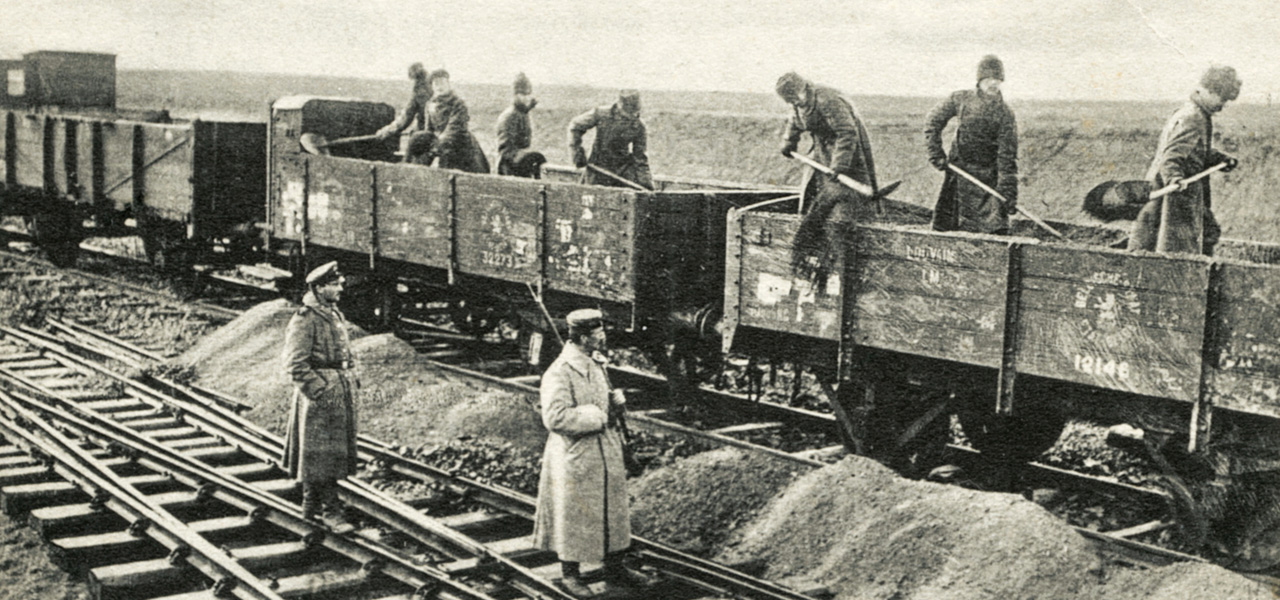Due to its name, the forget-me-not is an international symbol of remembrance as well as a loving last farewell, coupled with the expression of a desire to stay in the minds of loved ones. In many languages, it is called the same name with the same meaning. Numerous poems and songs have been written about this flower.
The "blue flower" is a well-known motif in German romanticism. It stands for longing and love. It is also an expression of the pursuit of perfection, as well as the futility of the human search for perfect happiness.
At the beginning of the First World War, many young war volunteers romanticised and glorified the personal sacrifice for their respective countries,as yet unaware of modern weaponry and its gruesome consequences. The self-knowledge symbolised by the "blue flower" of romanticism is a deeply individualistic motif. From today"s perspective, its use as a flower of remembrance counterpoints the merciless mass carnage during this first World War.
Other nations also used floral motifs to remember the casualties of war: the red poppy, for example, is used as a sign of remembrance throughout the Commonwealth states whilst the "Bleuet de France", the blue cornflower, is its French counterpart. Interestingly, the blue cornflower was also used to remember the German war casualties after the First World War, although primarily by extreme nationalists.
In 1926, the Freemasons chose the symbolism of the forget-me-not as an internal badge of recognition. Later on, under the NS regime, the Winterhilfswerk relief organisation issued a donation badge showing a bunch of three forget-me-nots in the course of a two day campaign, which made it possible for the Freemasons to wear "their" badge openly without fear of persecution.
Besides it meaning (and also its colours), the motto "Lest we forget", which the Volksbund German war graves commission has used for the peace education measures it organises in remembrance of all victims of war and violence, the word "forget" also clearly establishes a connection to the flower forget-me-not. The logo at the centre of the flower, inspired by a photograph of the so-called "Grave of the Four Infantrymen" from the First World War in Grabowiec/Poland, establishes the connection to the war graves commission. The Volksbund is particularly committed to upholding the remembrance of those who have died in wars and the war casualties of all nations.
In the form pictured above, the forget-me-not badge signals that the wearer believes the victims of war and violence, regardless of their nationality, must never be forgotten. It is worn mainly on days of silent remembrance such as Remembrance Day, All Saints, All Souls etc., and on special occasions such as memorial services in cemeteries and dedicated national holidays, and may be ordered from the Volksbund at (subject to availability). The logo may also be used for own projects, provided permission to do so is requested in writing; please make respective requests to the above address.







